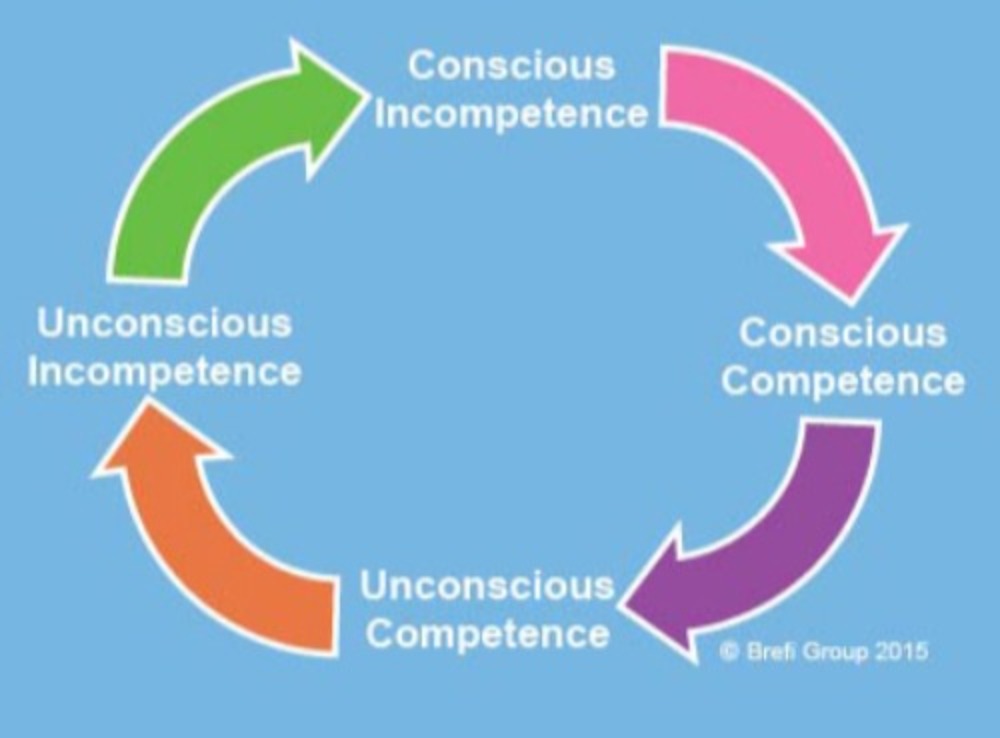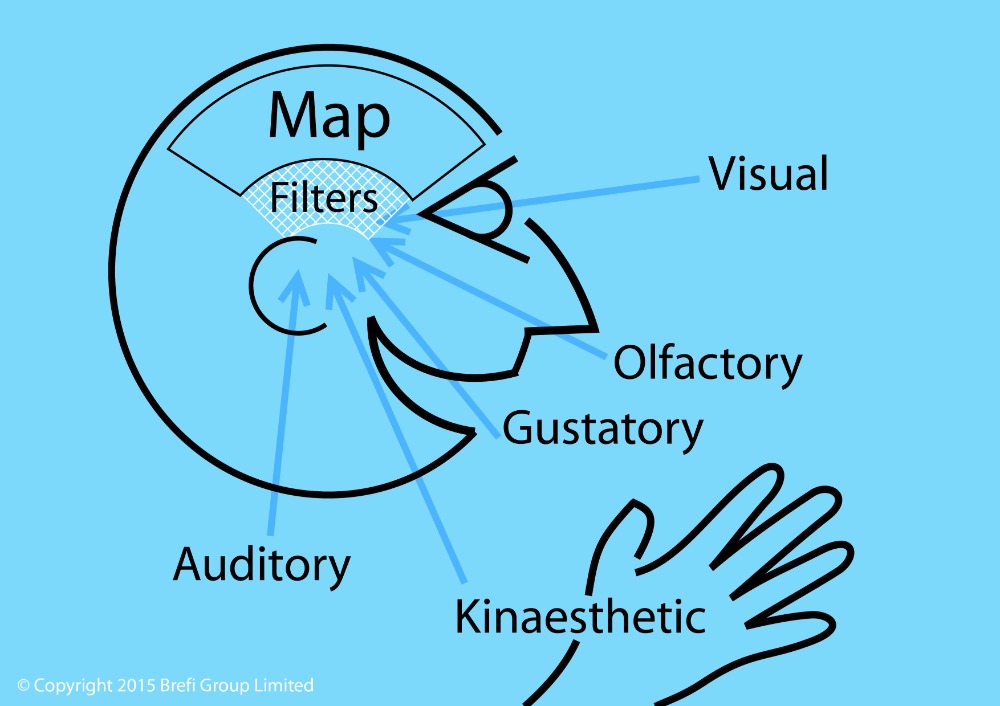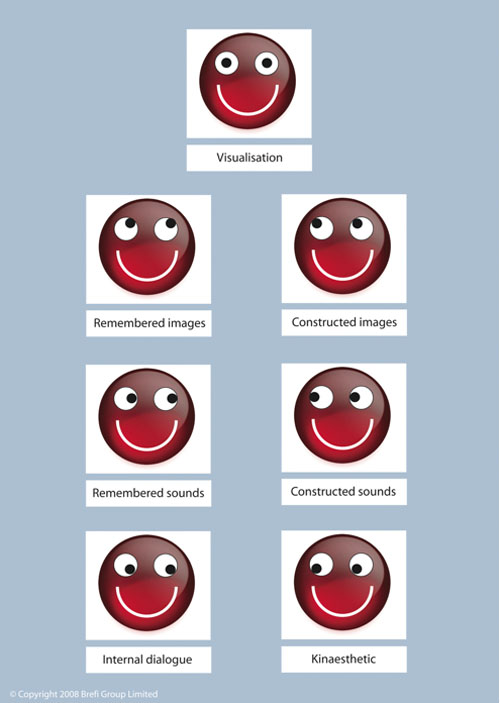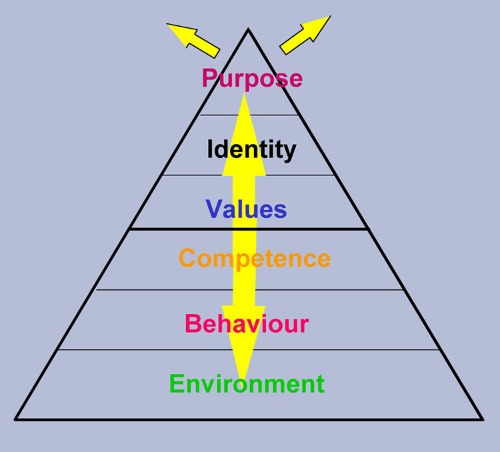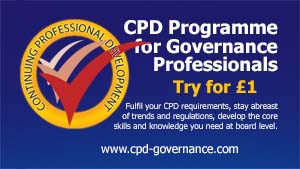NLP - Visualisation
Visualisation refers to the process of forming mental images. Visualisation may utilise memories, fantasy, or a combination of both. In practice,
NLP - Unconscious Competence Model
A simple model to explain how learning a skill goes through four stages.
Setting Well-Formed Outcomes
Setting well-formed outcomes is an iterative process useful for goal setting and delegation.
Predicates
Our senses are the doorways of our perception. All we know of the world we know through our senses. We have five main sensory modalities, or representation systems.
Asking Precision Questions
Precision questions challenge the way we express these patterns in our language, both internally to ourselves and in conversations with others.
NLP Perceptual Positions
.Perceptual positions provide a balanced approach to thinking about an event or outcome.
NLP Reframing - how to transform meaning
Reframing. is a powerful technique taught in NLP. Learn about reframing and discover 13 ways to reframe.
NLP presuppositions
NLP provides us with a set of models of the world; they are called NLP presuppositions.; here is a list .
NeuroLinguistic Programming - basic skills
Discover the pre-suppositions and basic skills of NLP.
What is NeuroLinguistic Programming (NLP)?
NLP is an incredibly powerful discipline that enables people to unblock the structures of human communication and human excellence.
The Meta Model
We code our experiential reality with words, thus creating our reality. But we delete, generalise and distort information so it becomes disconnected from its deeper meaning.
Managing and Changing States
As we go through life, we continually move through different emotional states. One of the best ways to understand states is to experience them.
Future Pacing
Future pacing involves helping someone to imagine ‘walking through’ a process towards a goal, using their senses to ‘experience’ each stage along the journey.
Eye Accessing Cues
Eye Accessing Cues relate to the various eye movements in certain directions that indicate whether an individual has primarily visual, auditory or kinaesthetic thinking.
Use Actions to Create Empowering Beliefs
Every moment of your life is an opportunity to change completely. Your beliefs. Your life’s direction. Your destiny.
Dilts Logical Levels of Change
This very effective model provides a simple basis for discussing the major aspects of its current situation and desired future, and thus identifying suitable interventions.
Dilts Learning Model
Individuals change their behaviour through the establishment of personal reference experiences and cognitive maps.
Core Transformation
This is a process developed by Connirae Andreas and described in her book Core Transformation: Reaching the Wellspring Within.
Circle of Excellence
Circle of Excellence can be used to elicit, create and stabilise desired states.
Body Language
Understanding body language helps you interpret other people's gestures, improve effectiveness of your communication with others and influence your communication with yourself.



